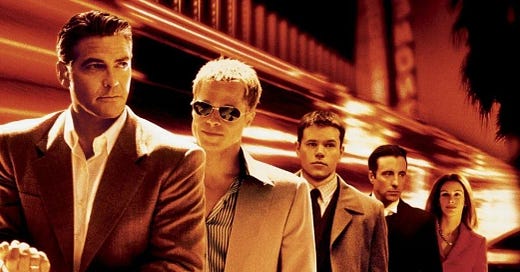We’ve been going through the essential steps of Act III, but this post is for everyone, no matter where you are in your book or script!
For those of you just joining, I’ll be referring to the basic Three-Act, Eight-Sequence structure (which is really four distinct acts), which on a chart looks like this:
Three-Act Eight-Sequence Structure Story Grid
Keep reading with a 7-day free trial
Subscribe to Screenwriting Tricks for Authors to keep reading this post and get 7 days of free access to the full post archives.




